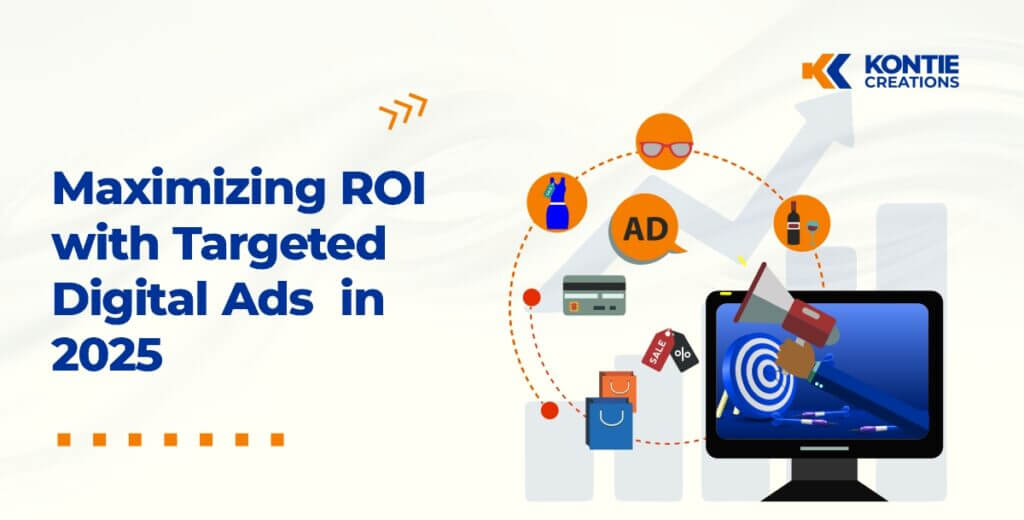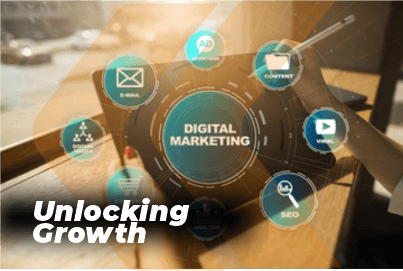Maximizing ROI with Targeted Digital Ads: Guidelines, Best Practices, and Common Mistakes to Avoid
In the fast-paced world of digital marketing, businesses are constantly seeking ways to maximize their Return on Investment (ROI). One of the most effective methods is through targeted digital advertising. By focusing your ad spend on the right audience, you can drive better results, increase conversions, and optimize costs. Here’s a comprehensive guide on how to maximize ROI with targeted digital ads. What Are Targeted Digital Ads? Targeted digital ads are advertisements directed at specific audiences based on criteria such as demographics, behaviors, interests, and location. This precision allows businesses to reach potential customers who are most likely to engage with their brand, ensuring higher returns. Guidelines for Maximizing ROI with Targeted Digital Ads Define Clear Objectives Before launching any campaign, set clear, measurable goals. Are you aiming to increase brand awareness, generate leads, or boost sales? Defined objectives guide your strategy and measure success. Understand Your Audience Conduct thorough market research to identify your ideal customer profile. Use tools like Google Analytics, social media insights, and customer surveys to gather data on age, interests, purchasing behavior, and more. Segment Your Audience Divide your audience into specific groups based on shared characteristics. Create personalized messaging for each segment to increase relevance and engagement. Choose the Right Platforms Select platforms where your target audience spends the most time. Popular options include Facebook Ads, Google Ads, LinkedIn Ads, Instagram, and TikTok. Craft Compelling Ad Creatives Use attention-grabbing visuals and persuasive copy tailored to each audience segment. A/B tests different creatives to identify the most effective ones. Optimize for Mobile Ensure your ads are mobile-friendly, as a significant portion of users access content via smartphones. Optimize load times and create responsive designs. Leverage Retargeting Strategies Retarget users who have previously interacted with your brand but did not convert. This keeps your brand top-of-mind and improves conversion chances. Monitor and Adjust in Real-Time Track key performance indicators (KPIs) such as click-through rates (CTR), conversion rates, and cost per acquisition (CPA). Adjust bids, audience targeting, and ad creatives based on performance data. Best Practices for Targeted Digital Ads Utilize Lookalike Audiences: Expand your reach by targeting audiences similar to your best customers. Invest in Quality Landing Pages: Ensure your landing pages align with ad content and provide a seamless user experience. Test Continuously: Use A/B testing to compare different ad variations and optimize for better performance. Employ Advanced Targeting Features: Use geo-targeting, behavioral targeting, and contextual targeting to refine your audience reach. Schedule Ads Strategically: Run ads during peak engagement times to increase visibility and effectiveness. Common Mistakes to Avoid Ignoring Data Analysis Failing to analyze performance data leads to wasted ad spend. Regularly review metrics and refine your strategy. Overgeneralized Targeting Casting a wide net may dilute your message. Focus on highly relevant audience segments for better results. Inconsistent Messaging Ensure consistency between your ad copy and landing pages to maintain trust and reduce bounce rates. Neglecting Budget Allocation Misallocating your ad budget can limit your campaign’s success. Prioritize high-performing channels and adjust spending accordingly. Ignoring Audience Feedback Pay attention to audience engagement and feedback to improve future ad campaigns and address customer needs. Maximizing ROI with targeted digital ads requires a strategic approach that includes clear objectives, audience understanding, and ongoing optimization. By following best practices and avoiding common mistakes, businesses can drive higher returns, enhance customer engagement, and achieve long-term success. Start refining your ad strategy today and watch your ROI soar.


